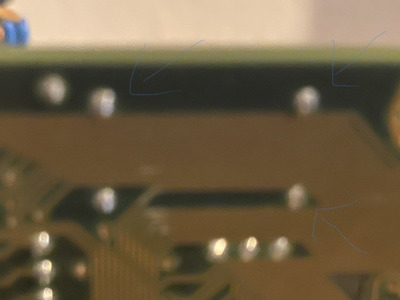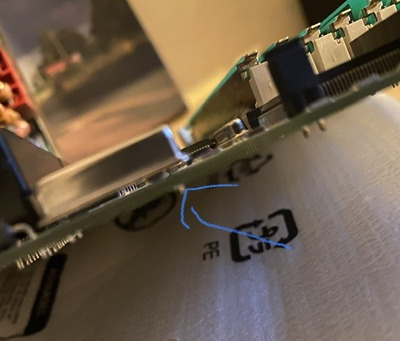First post, by Marco
Dear forum,
I am reactivating my old HW config.
See MoBo here: http://www.amoretro.de/2012/01/vlsi-311-386sx … otherboard.html
Question:
1. can I replace the quartz with an 66MHz version (33MHz) then with kind of percentage of success probability? Seems to be an energy saving slx type
2. how do I replace such quarz/oscillator? Will I be able to undo?
3. is there alternatively a way to overclock the isa bus speed only? Or is this also connected to the same Quarz by 1/3 divider?
Many thanks
Marco
1) VLSI SCAMP 311 | 386SX25@30 | 16MB | CL-GD5434 | CT2830| SCC-1 | MT32 | Fast-SCSI AHA 1542CF + BlueSCSI v2/15k U320
2) SIS486 | 486DX/2 66(@80) | 32MB | TGUI9440 | SG NX Pro 16 | LAPC-I

